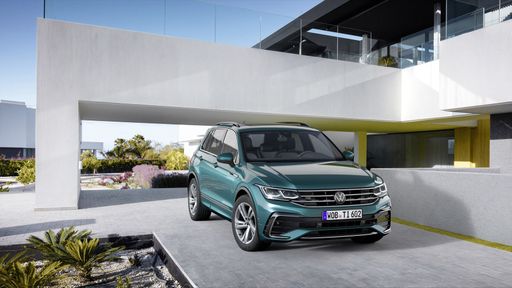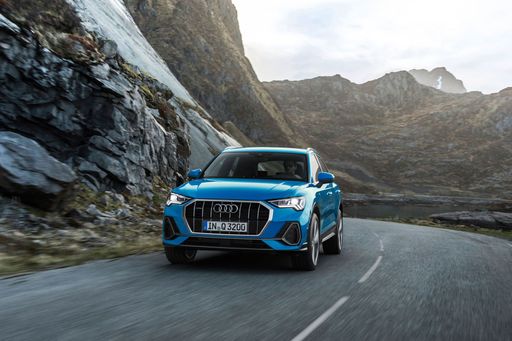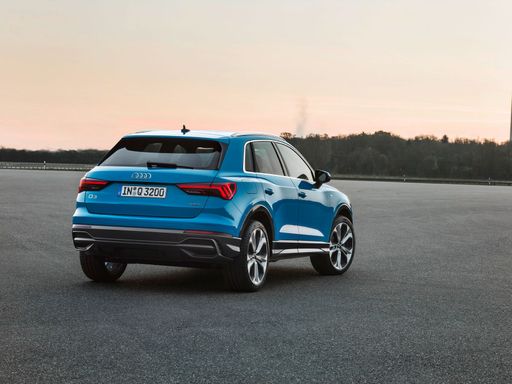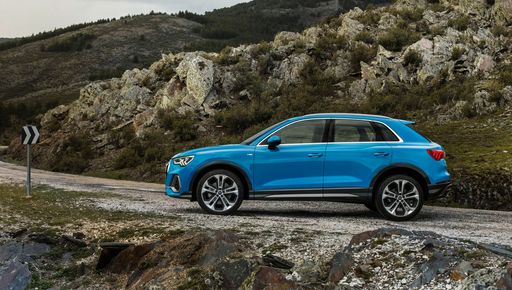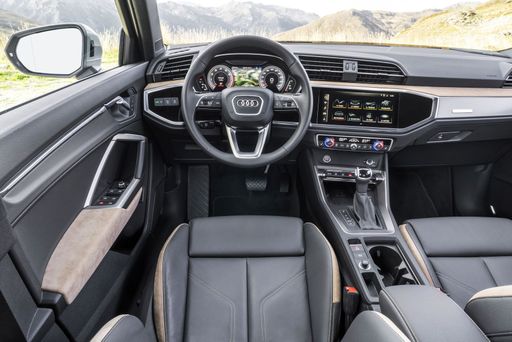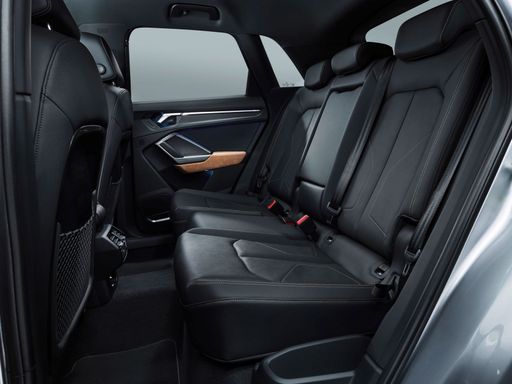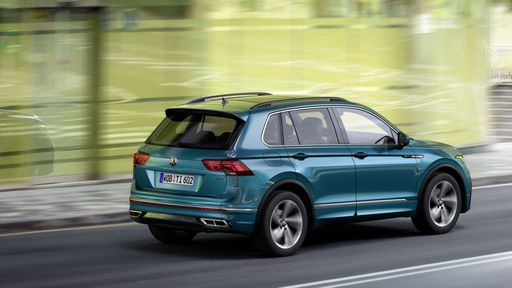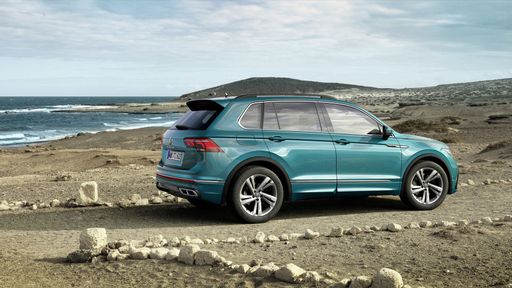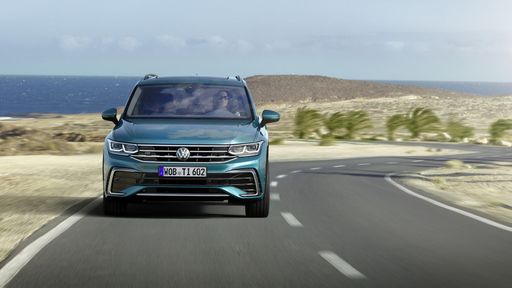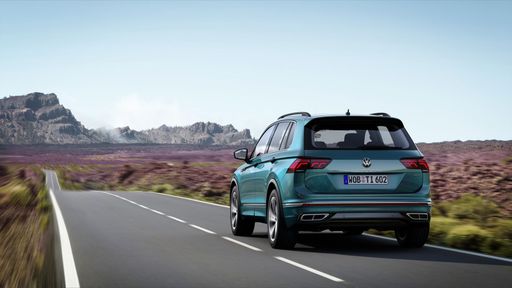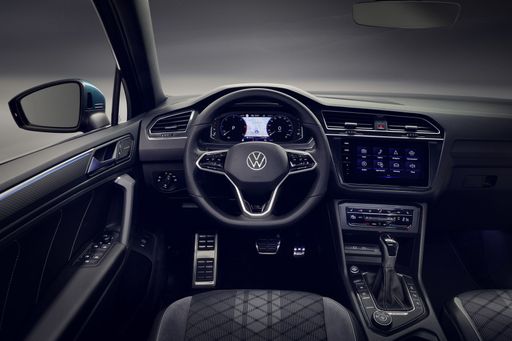A Closer Look: Audi Q3 vs. VW Tiguan
In the ever-evolving world of compact SUVs, the Audi Q3 and VW Tiguan stand out as two strong contenders. Both models offer a blend of style, functionality, and performance, but which one reigns supreme? This comparison will delve into the technical aspects and innovations of both vehicles, helping you decide which suits your needs better.

